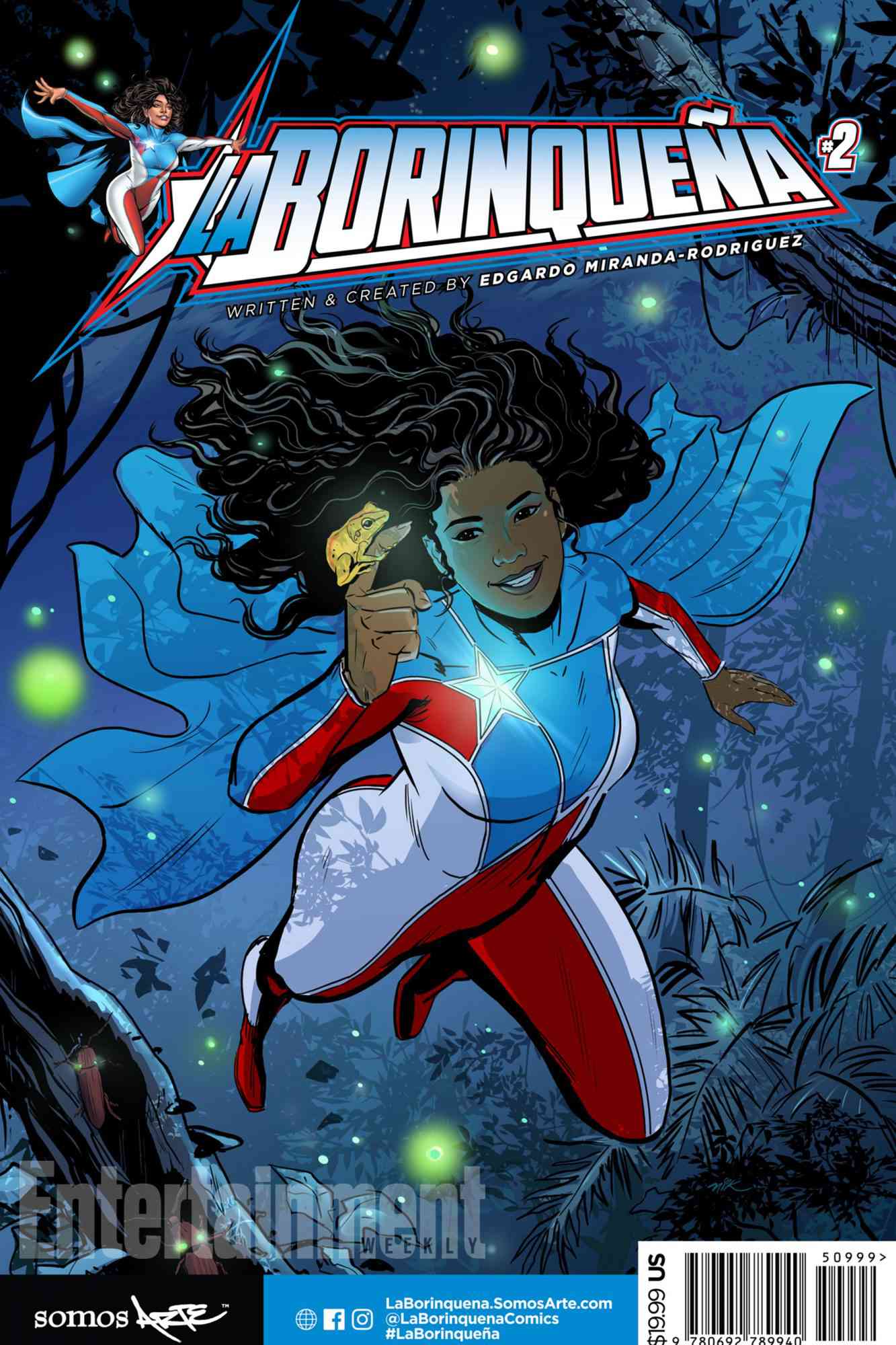With being bilingüe comes the active participation in both Western and Latinx discourses including environmentalism. In the United States, scientists collect data and publish warnings of a foreshadowed climate catastrophe we can only derail with urgent action. In Latin America, however, the discussion is as scientific as it is part of every aula, and is included en el día a día. Dr. Wald— from the Department of English at the University of Oregon— makes note of this in Latinx Environmentalism by stating, “... creative writers discussed the environmental themes in their work while disidentifying with the term environmentalist” (Wald 1). Though Latinx have environmental discussions as much as Latinx communities, the methods of discourse are distinct. Hence, it is difficult for Latinx to be identified as “environmentalists”, a term that is associated— as Dr. Wald emphasized— with the middle to upper class white demographic (1). In Latin America, environmentalism is integrated into many social aspects, such as: academic, business, legislative, and even in pop culture. As a result, the Latinx diaspora sees environmentalism as a cultural feature rather than an academic subfield.
In Dr. Wald’s work, she claims that most of her research was led by a “preponderance of Chicanx texts”; and, while in a Western, Americanized discussion, Mexican-Americans may have a louder voice in the conversation, it ignores and silences other voices. Dr. Wald further states, “We struggled with the overrepresentation of Chicanx texts… only five of fifteen submissions attended to literature or cultural production outside of a Chicanx context” (Wald 20). Here, I will present ways that Latinx integrates environmentalism not just in a collegiate discussion but into a proactive, intersectional charla.
In the Caribbean, specifically the Dominican Republic, organizations such as Santroni Parsons exist who group lawyers and scientists with a goal of developing sustainable and conscious tourism and urban cities. They believe a balance between urbanization and sustainability is doable; their blogs consist of legislative news, as well as climate change. In the Brooklyn Institute of Social Research located in San Juan, Puerto Rico, there are courses being taught on intersectionality and the environment, such as the “Ambiente, Feminismo y Descolonización” for Hispanohablantes. For the younger generation there are comics such as La Borinqueña, whose hero is a Nuyorican woman that protects the island from pollution. Calle 13’s music is also a dominant part of pop culture that emphasizes a respect for the environment; their song “La Vida (Respira el Momento)” states: “nos crecen los brazos como crecen las ramas, como crecen las hojas nos crecen las manos” (Calle 13 2015).

La Borinqueña is spotlighting Puerto Rico's social problems one issue at a time (Serrao)
Therefore, though there may have been an influx of submissions for Dr. Wald’s research of Mexican-American texts, it is very possible to include Latinx communities in the environmentalist discussion. Their methods may not be peer-reviewed articles easily accessible in American archives, but Latinx groups continue to discuss the environment and the urgency of addressing global warming. The diaspora in America continues to value and respect the environment as part of their overall Latinx culture.






